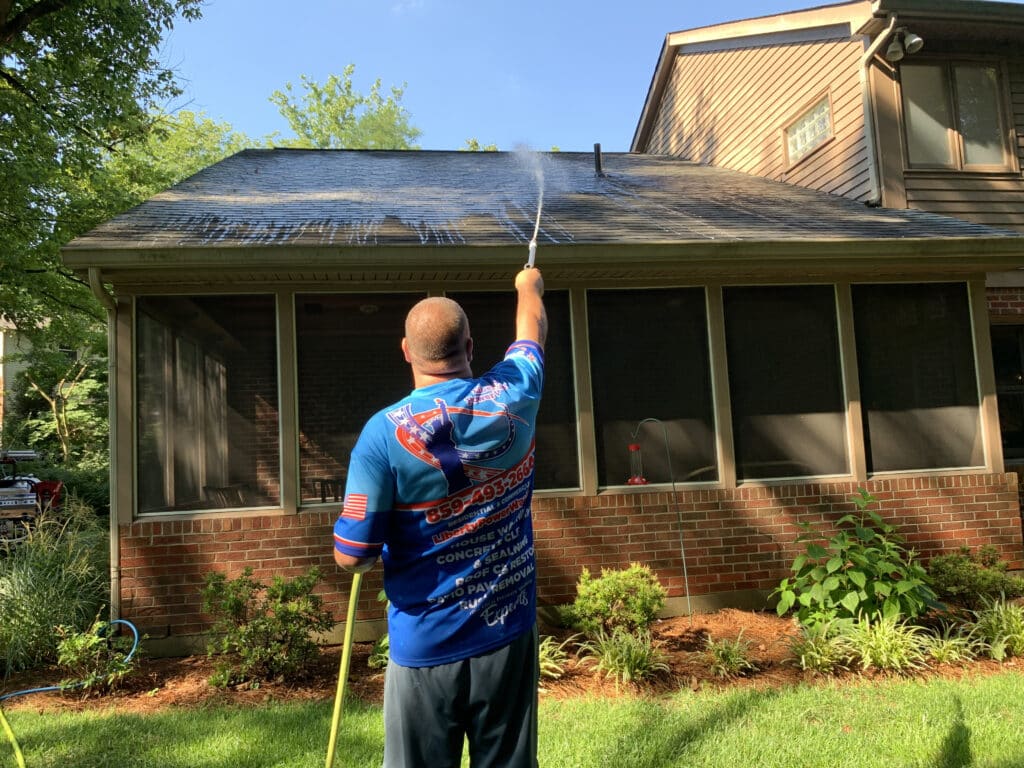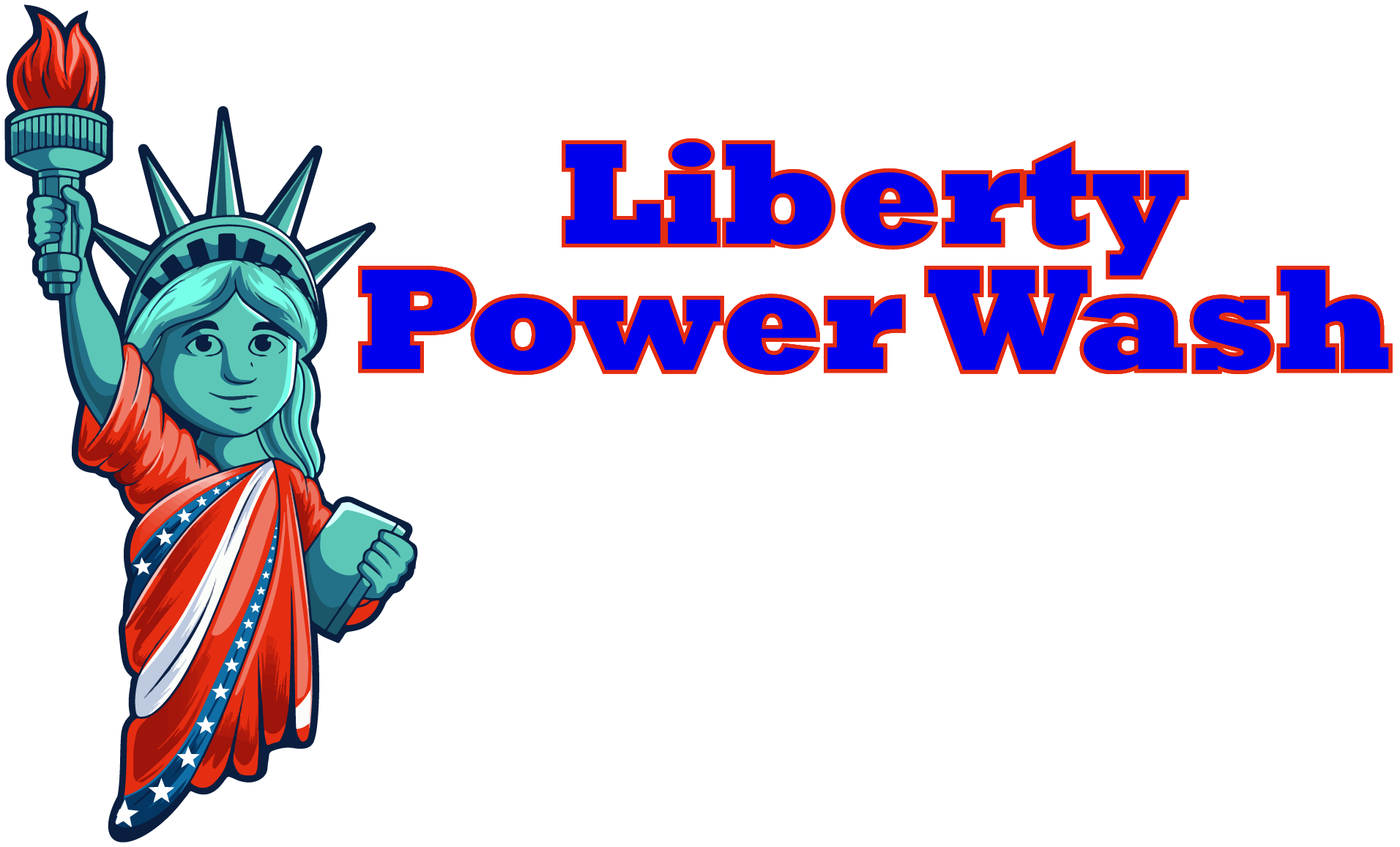Are you considering power washing your home but worried about the impact it may have on your beloved house plants? It’s a valid concern. After all, power washing involves intense water pressure that could potentially harm delicate plants. However, the good news is that with proper precautions and techniques, you can safely power wash your home without causing harm to your green friends.
In this article, we will delve into the impact of power washing on plants and provide you with tips to protect them during the cleaning process. We’ll discuss how to prepare your plants beforehand, implement safe power washing techniques, and ensure their post-cleaning care and maintenance. By following these guidelines, you can maintain a clean home while keeping your house plants healthy and thriving. So, let’s put your worries to rest and explore how power washing can be done without hurting your precious plants.
The Impact of Power Washing on House Plants
Power washing can have a detrimental effect on your house plants, causing them to wither and lose their vibrant colors. The forceful spray of water can easily damage the delicate leaves and stems of plants, especially those that are more sensitive or have thin foliage. The high pressure and cleaning solutions can strip away the protective layer of wax on the leaves, which helps prevent excessive water loss. This can lead to dehydration and ultimately the death of the plant.
Additionally, power washing can also dislodge or remove the top layer of soil in plant pots, exposing the roots and disrupting their delicate balance. This can hinder the plant’s ability to absorb nutrients and water, leading to stunted growth or even plant death. Moreover, the force of the water can also cause soil erosion, washing away essential nutrients and leaving the plants deprived of the necessary elements for their healthy development.
Power washing can be harmful to your house plants. The forceful spray of water can damage the leaves and stems, and the high pressure can strip away the protective layer on the leaves, leading to dehydration. Furthermore, it can dislodge or remove the top layer of soil in plant pots, disrupting the roots’ balance and hindering nutrient absorption. Therefore, it is advisable to avoid power washing near your house plants or take precautions to protect them during the process.
Preparing Your House Plants for Power Washing
Before starting the process, it’s crucial to ensure your house plants are well-prepared for the upcoming power washing. Power washing can be quite forceful and may damage or dislodge delicate plants if they are not adequately protected. One way to prepare your plants is to cover them with plastic sheeting or tarps. This will shield them from the direct impact of the water and prevent any damage. Make sure to secure the coverings tightly around the plants, so they don’t get blown away by the pressure of the water.
Another important step in preparing your plants for power washing is to relocate them, if possible. If you have potted plants, consider moving them to a different location away from the area being power washed. This will eliminate any risk of them getting accidentally hit by the high-pressure water or cleaning solutions. For plants that are planted directly in the ground, you can try to create a temporary barrier around them using wooden stakes and plastic sheeting. This will provide some protection from the force of the water while still allowing the plants to receive sunlight and air.

By taking the time to properly prepare your house plants for power washing, you can minimize the potential for damage and ensure their continued health and well-being. Remember to remove the coverings and barriers once the power washing is complete and allow the plants to dry naturally. With these precautions in place, you can confidently proceed with power washing your home without worrying about harming your beloved plants.
Implementing Safe Power Washing Techniques
To ensure the safety of your beloved plants, it’s important to implement proper techniques when power washing. One key technique is to cover your plants with plastic or a tarp before starting the power washing process. This will protect them from direct contact with the high-pressure water, preventing any potential damage to their delicate leaves or stems. Additionally, you can also consider relocating potted plants to a safe area away from the power washing zone. This way, they won’t be exposed to any water or debris that may be dislodged during the cleaning process.

Another important technique is to adjust the pressure setting on your power washer. Lowering the pressure can help minimize the risk of damaging your plants. Most power washers have adjustable pressure settings, allowing you to control the intensity of the water spray. By reducing the pressure, you can still effectively clean your surfaces while being gentle on your plants. It’s also crucial to maintain a safe distance between the power washer and your plants. Keeping a distance of at least several feet will help prevent any accidental contact between the high-pressure water and your plants, reducing the likelihood of harm. By following these safe power washing techniques, you can enjoy a clean exterior without compromising the health and beauty of your house plants.
Protecting Delicate Plants during Power Washing

Don’t let your delicate plants suffer during the cleaning process – there are ways to protect them while power washing! Power washing can be a great way to clean exterior surfaces, but it can also pose a risk to your house plants if not done carefully. One of the easiest ways to protect your plants is to cover them with plastic or a tarp before starting the power washing. This will create a barrier between the plants and the forceful water, preventing any damage or dislodging of the soil. It’s important to secure the cover tightly to ensure that no water can seep through and reach the plants.
Another way to protect your delicate plants is to relocate them temporarily. If you have potted plants, you can move them indoors or to a different area of your property that is not being power washed. This will keep them completely out of harm’s way and eliminate any risk of water damage. If you have larger plants or shrubs that cannot be easily moved, consider creating a temporary fence or barrier around them to shield them from the water. This can be done using stakes and plastic sheeting, ensuring that the plants are well-protected during the power washing process.
By taking these precautions, you can ensure that your delicate plants remain unharmed during the power washing of your home. Don’t let the cleaning process become a threat to your plants – with a little extra effort, you can enjoy a clean exterior without sacrificing your beautiful greenery.
Post-Cleaning Plant Care and Maintenance
Once the power washing is complete, you should make sure to water and nourish your plants to help them recover from any stress caused by the cleaning process. Power washing can be a bit overwhelming for plants, as the strong force of water can disrupt the delicate balance of their roots and leaves. Therefore, it is important to provide them with extra care and attention afterwards. Start by giving your plants a good watering to replenish any moisture lost during the power washing. This will help to hydrate the plants and restore their vitality. Additionally, consider adding some plant-friendly fertilizer to provide them with the necessary nutrients they need to recover. This will give your plants a boost and encourage healthy growth.
In addition to watering and nourishing your plants, it is also important to monitor their condition after power washing. Keep an eye out for any signs of stress or damage, such as wilting leaves or yellowing. If you notice any issues, take action immediately to prevent further damage. If necessary, you may need to prune any damaged leaves or stems to allow the plant to redirect its energy towards healthy growth. It is also a good idea to provide some shade or protection from direct sunlight for a few days after power washing, as the plants may be more sensitive to intense light during this time. By taking these steps and providing proper care, your plants should be able to recover from the power washing and thrive once again.
Frequently Asked Questions
Can power washing be used on all types of plants?
No, power washing should not be used on all types of plants. It can cause damage to delicate plants and disrupt their growth. It is important to protect your plants from the forceful spray of power washing.
Is it necessary to remove potted plants from the area being power washed?
No, it is not necessary to remove potted plants from the area being power washed. However, it is advised to cover them with plastic or move them to a safer location to prevent any potential damage.
Can power washing cause damage to plant roots?
Power washing can potentially cause damage to plant roots if the water pressure is too high or directed directly at the plants. It’s important to take precautions and avoid spraying plants directly to prevent harm.
Are there any specific types of plants that are more sensitive to power washing?
No, there are no specific types of plants that are more sensitive to power washing. Power washing can potentially harm any plant, regardless of the species or variety.
How soon after power washing can I safely water my plants again?
After power washing, it is safe to water your plants immediately. However, be cautious to avoid overwatering as the soil may still be damp. Monitor the moisture levels and water accordingly to prevent any damage to your plants.
Power washing can have a negative impact on house plants if not done properly. It is important to take precautions and prepare your plants before power washing to minimize any potential damage. By covering delicate plants and adjusting the water pressure, you can ensure their safety during the cleaning process. Additionally, providing post-cleaning care and maintenance such as proper watering and monitoring for any signs of stress or damage can help your plants recover.
Overall, power washing can be a useful tool for cleaning the exterior of your home, but it is essential to be mindful of your house plants. With proper preparation and safe techniques, you can maintain the health of your plants while achieving a clean and pristine home. Remember to always consult with a professional or do thorough research before attempting power washing to ensure the safety and well-being of your house plants.
At Liberty Power Wash, we’ll talk to you about any issues with your plants BEFORE we start the project. Contact us today for an estimate.
